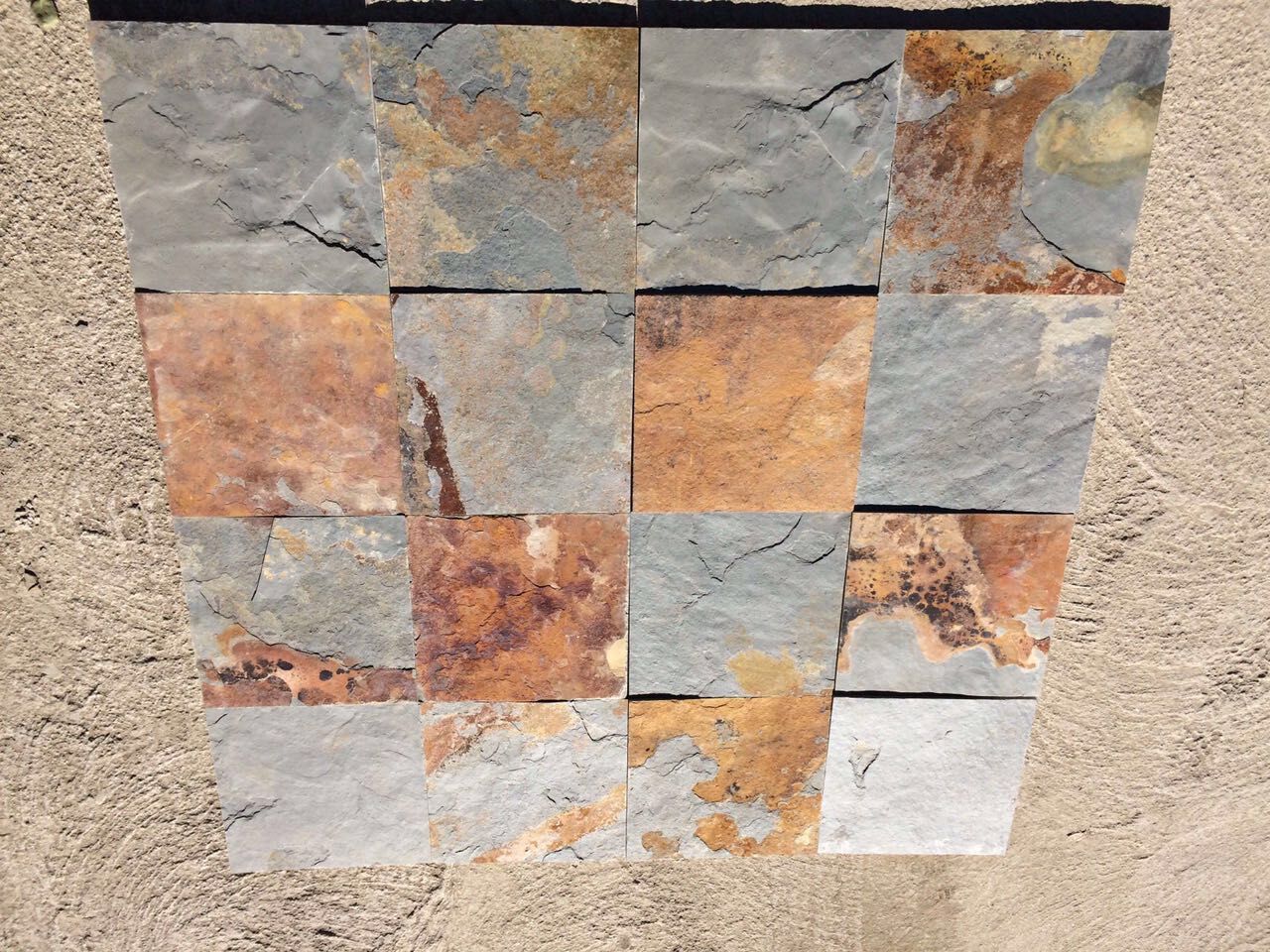How can you pick the correct tiles for your home improvement project?
To make an informed decision, it’s smart to study up on tile ratings and gradings. Then you’ll understand how the pros select the right types of tile for any project, and you’ll be better prepared to choose the correct tiles yourself.
This handy guide to tile quality can serve as a cheat sheet to guide you through the renovation process.
Grade
To learn about a ceramic or porcelain tile’s overall quality, take a look at its grade. This rating provides an overview of how thick a tile is, where you can install it and how many imperfections it has.
- Grade 1: These tiles are usually about 3/4 inch thick, and they have few imperfections. They are typically suitable for both walls and floors.
- Grade 2: Tiles at this level are thinner — about 1/2 inch thick — and may have more imperfections. Even still, you can put them on walls or floors.
- Grade 3: At 1/4-inch thickness, these are thinner tiles. They may have more imperfections, and they’re suitable for use on walls only.
Typically, if you have to be within 3 feet of a tile to notice its imperfections, it can qualify as a Grade 1 material. If you have to be within 10 feet to see the problems, it’s considered good enough for Grade 2.
Porcelain Enamel Institute Rating
The Porcelain Enamel Institute offers the PEI wear rating to help contractors and consumers understand the durability of porcelain and glazed ceramic tiles. The higher the PEI value is, the less likely it is that the material will get scraped up or scratched.
- PEI Group I: Most experts suggest using these tiles only on walls.
- PEI Group II: As with Group I, these tiles are best for walls. For floor use, stay away from anywhere that might be subject to pointy shoes or abrasive dirt.
- PEI Group III: You can count on this category of porcelain tiles to work nearly anywhere in your home, including entryways and kitchens. This is also the lowest rating that you should choose for outdoor use.
- PEI Group IV: Although not the most abrasion-resistant tiles, PEI IV tiles can be used in any residential application, and they are also good for commercial installation in light-traffic areas.
- PEI Grade V: This rating is given to the strongest types of porcelain tile. It denotes materials that are suitable for commercial buildings with heavy traffic.
You’ll notice that, while Grade 1 is the best overall ceramic rating, PEI Group I includes the weakest porcelain tiles. For that reason, it’s important to understand carefully which type of rating you’re looking at when evaluating the strength of a particular tile.

Mohs Hardness
The durability of natural stone tiles can be measured using the Mohs hardness scale. It denotes how difficult it is to scratch a particular material.
Based on their Mohs hardness ratings, tiles can be divided into five classes.
- Class I: It’s best to use these tiles on walls only.
- Class II: Tiles in this group can be used on walls and in light-traffic areas.
- Class III: Although you shouldn’t use Class III tiles in your home’s most heavily trafficked rooms, it’s useful for the floors in residential bathrooms, bedrooms and living areas.
- Class IV: This hardness is suitable for most residential areas, including kitchens and entryways.
- Class V: Areas with heavy foot traffic, such as commercial buildings, will benefit from Class V tiles.
Although you may see this rating most frequently used for stone tiles, it can also provide information about ceramic or porcelain tiles. Unglazed tiles usually rank higher than glazed ones, but some specialty glazes can reverse that trend.
Coefficient of Friction
Tile hardness or durability isn't the only measure of a material's quality that you should consider. Slip resistance is another important measurement. It's indicated by the coefficient of friction (COF) rating.
Tiles receive a COF rating between 0 and 1. For general residential use, stick with tiles whose COF is 0.5 or higher. Look for 0.6 and up for residential areas that frequently get wet as well as all commercial applications.
Water Absorption
Finally, a tile's water absorption will affect whether it's a quality product to use in certain areas. This measurement is provided as a percentage. It indicates what portion of moisture that lands on it will be absorbed.
For outdoor applications, select a tile with an absorption rating of 3% or less. The same goes for moisture-prone indoor areas, such as bathrooms and laundry rooms.
Impervious tiles, those with the greatest ability to resist water, have a rating of 0.5% or lower.
These various rating systems can help you understand more about tile quality, but it’s worth noting that different manufacturers may list their specifications in different ways.
In addition, some classifications are more applicable to one type of material than another. For example, Grade 1 usually refers to ceramic or porcelain tiles with 3/4-inch thickness, but that rating doesn’t necessarily transfer directly over to tiles made of natural stone.
